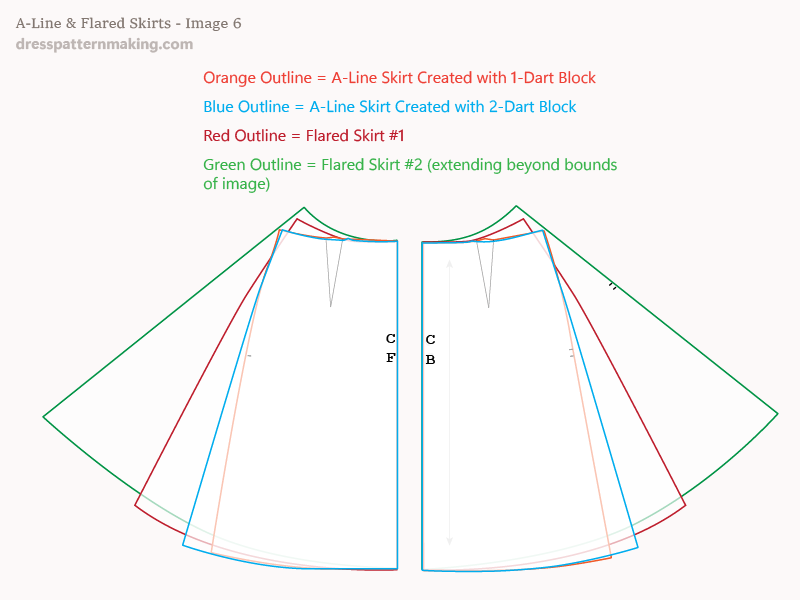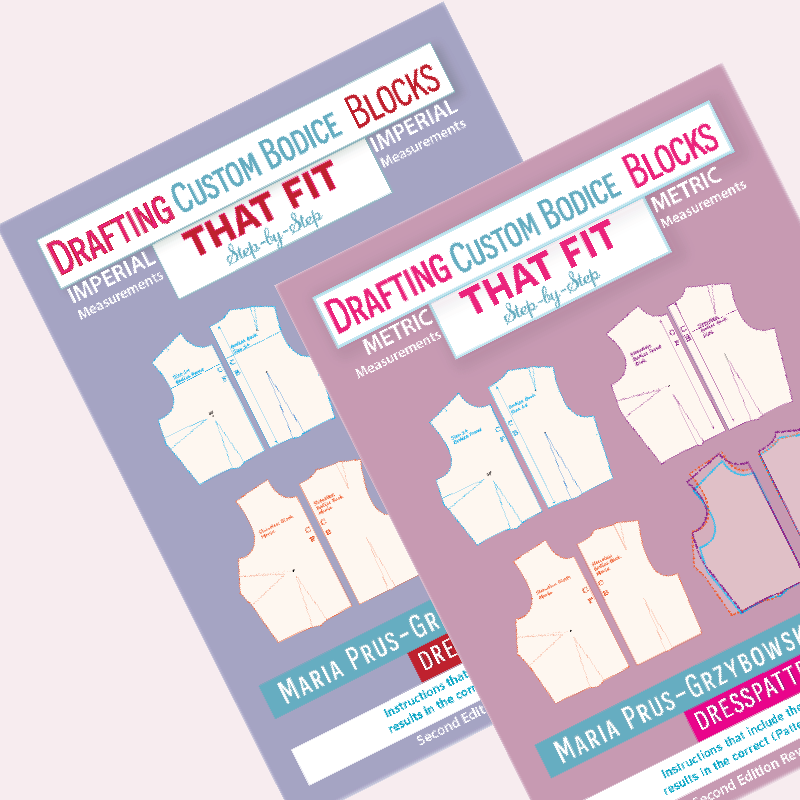A-Line and Flared Skirts
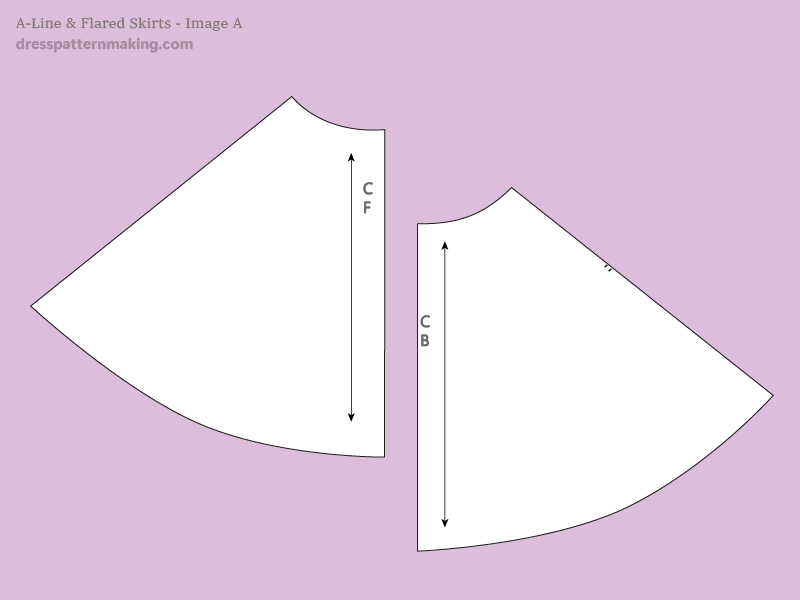
The A-line and flared skirts are made with either of the skirts blocks; i.e. the 1-Dart Skirt Block or 2-Dart Skirt Block. The A-line is really just a basic flare skirt, with minimum flare. Which block you use depends on what kind of skirt you want to make, how much flare you want to add, and how you want the flare or fullness distributed. It is of course possible to use just one skirt block and redistribute the dart/s when necessary, but the both blocks on hand just saves a bit of work if you are making different styles of skirts. If you do have both skirt blocks, it makes sense to use the one that means less work - i.e. not having to fuss around with redistributing darts. In the instruction pages I will use one or other of these blocks when writing instructions, and will not cover how to change the darts if you are using the other block. Which block to use when may not be obvious when you are just starting out with patternmaking. I will just give two examples of cases where the 1-Dart block may be preferable to the 2-Dart for flared styles.
A-line skirt styles can also be drafted from scratch, without a block, and with skirts that fall from the Empire Line Waist (i.e. a waistline that is higher than the natural waist), this may be a better option. I tend to draft my skirts for dresses with an Empire line without using a block.
Figure 1: Flared Skirts - 1 Dart & 2 Dart Blocks
This image shows both the 1-Dart and 2-Dart Blocks for a Standard Size 14. (i.e. I'm not using my personalized block).
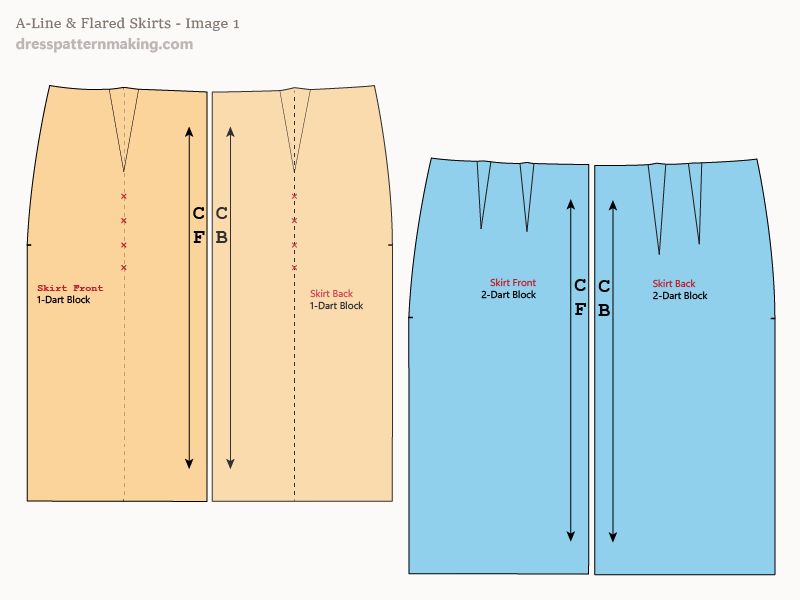
Figure 2: Basic A-line Skirt with the 1 Dart Block & the 2 Dart Block
You can create the basic A-line Flare Skirt with either block. This is just to show you an example of things you should think you should consider before deciding which block to use. Both of these designs still end up with a dart in the waist. (1 dart in the front half block, 1 dart in the back half block). You can close the darts completely, but that would be a very flared skirt, not an a-line.
- The final A-line skirt shape on the left (shown in orange outline) is created using the 1-Dart block, and only part of the dart is closed. In this case, I decided to add 12 inches total to the hem of this skirt. This means 3 inches per half-block, front and back. Two inches are added into the hem (the insertion) and 1 inch added to the side seam (extension). (The amount added to the side is usually half of the insertion).
- The final A-line skirt shape on the right (shown in blue outline) is created using the 2-Dart block. By closing one of the darts completely, the insertion measured 3.35 inches. As per the rule, half of that amount was added to the side seam. In the end the hem area of this garment ends up at about 8 inches more than the example on the left.
The point I want to make here is:
- If I wanted to add only 12 inches total to the hem of the skirt and I used the 2-Dart block, I would not be able to close the second dart completely. I would either end up with two darts in the waist, which is really not needed, or I could cross out what is left of that unwanted dart and add the bit left over to the other one. However, why fuss around with this if I have a 1-Dart Block? Having these two blocks is supposed to save that kind of additional fussing around with the dart.
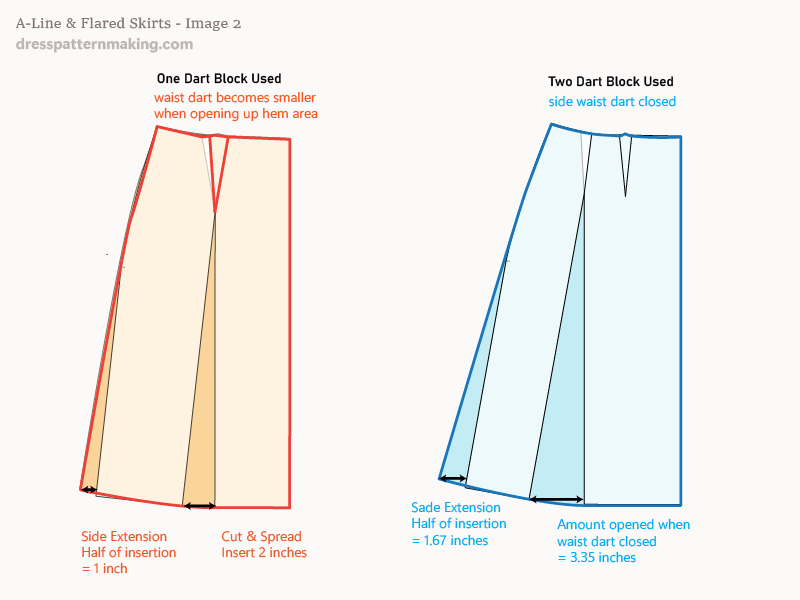
Figure 3: Another Example - Gored Skirts
Although I haven't yet added flare to the gored skirt in the examples in the images (Gored skirts can be straight or flared), you can see that using the 1-Dart Block makes more sense than the 2-Dart Block to create the 2 Gore, 6 Gore and 8 Gore Skirts. (You generally don't use a block to draft the 12 Gore Skirt). If we started off with the 2-Dart Block with these styles, we would have to fuss around with merging the two waist darts. (In most cases you don't want to have darts in addition to the panel style lines).
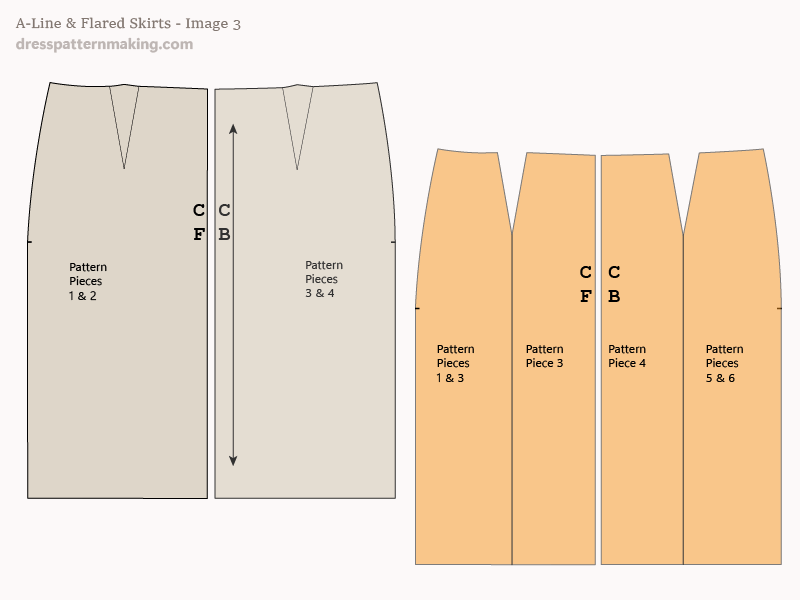
Figure 4: Amount of flare gained when closing darts
Just be aware that if you:
- create a flared skirt with the 2-Dart Skirt Block by closing the two waist darts, and
- create a flared skirt with the 1-Dart Skirt Block by closing the one waist dart...
.....You will not necessarily get the same amount of flare in the Skirt Front. (This is assuming you are using the 1-Dart Block for which instructions are given on this website). The reason you will not end up with the same amount of flare is the lengths of the waist darts are different; the one front dart in the 1-Dart block is longer than the two front darts in the 2-Dart Block. (In actual fact the front and the back darts in the 1-Dart Block are the same length). The back darts in both blocks are very similar in length, so there is not much difference in the flare in the back skirt. The image shows a flared skirt created by closing the one dart in the 1-Dart Block (in blue), and the two darts closed in the 2-Dart Block. The reason the back shape is similar between the two blocks is that the back dart lengths are similar in the 1-Dart and 2-Dart Blocks, whereas the front dart lengths are significantly different. This is showing the shape after the darts are closed without any extension. (See Image B for a quick example of how the longer darts affect the amount that is opened in the hem. For more detailed information, read the Manipulating Darts pages). Neither of these are wrong, and you can always add more flare to both the 1-Dart and 2-Dart Blocks. Just be aware of the different dart lengths affect the amount of flare gained by closing the darts.
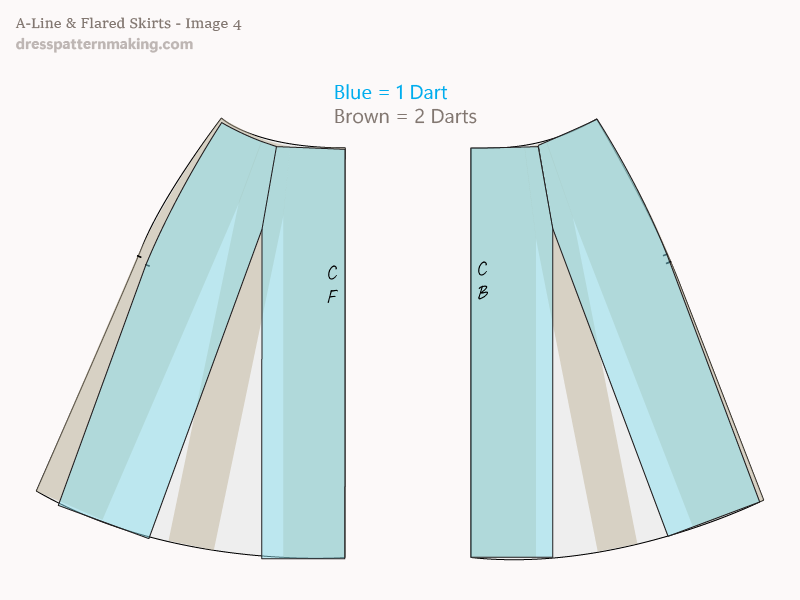
Figure 5: Example of How Longer Darts Create a Smaller Insertion in the Hem
This images gives you an indication of how a longer darts opens up less space in the hem. On the right side I have created a very long dart so that the difference is obvious. Note that the 1-Dart Block is used to create slinky skirts where this kind of long dart is used. The skirt hugs the hip and flares out at or below the hip-line. If you wanted a lot of flare in these slinky skirts, you would add godets to increase the hem area.
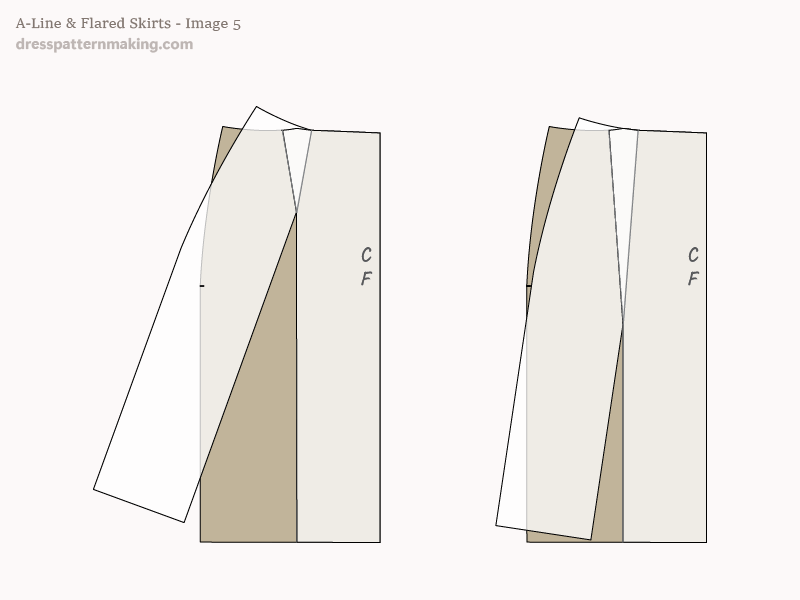
Figure 6: Different Flare Amounts
A comparison of the different amount of flare added to the A-line & Flared styles listed in the skirts menu can be seen in this image:
